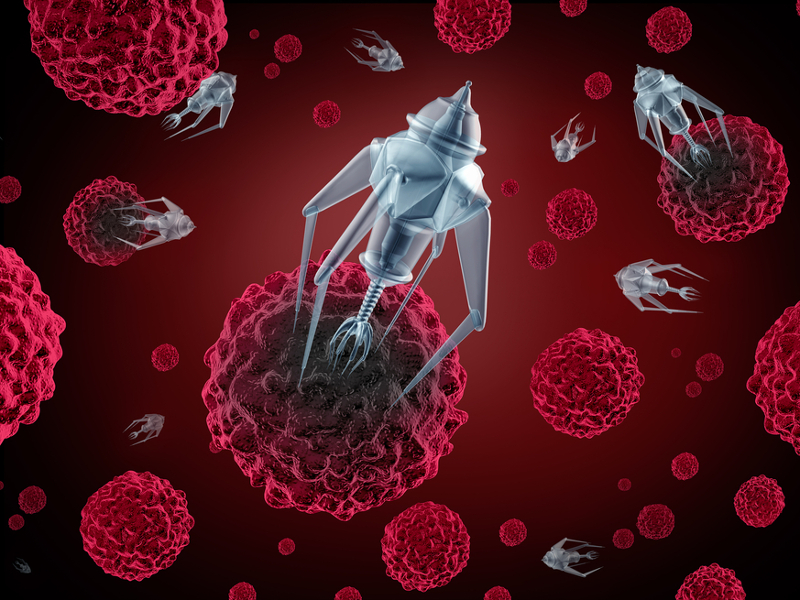Introduction
For generations diseases have ravaged humans from the bubonic plague in the 1300s to the coronavirus today. People eventually developed immunity to the plague or quarantined themselves, and the coronavirus is still being researched, however, it is benign as long as the right precautions are taken. Unfortunately there are diseases that have no cure such as cancer. Cancer may not be
contagious and doesn't result in pandemics, but it is incurable and the death rates are generally high. It appears randomly and one can't tell if they have cancer unless they get checked. The cure for cancer is still being researched, however, nothing has succeeded yet. I believe it is possible that nanotechnology has a chance at being able to solve the cancer problem.
What is it?
Nanotechnology or nanorobotics is currently classified as a theory, people are trying to develop fully functional ones. So far the pill cam has been developed which is a capsule about the same size as a normal pill and is equipped with a light and camera. While it can show
the digestive system, it is far too big to visit the circulatory, or respiratory systems. It is also static, so it can't move on it's own or remotely. This robot was solely made for just showing the inside of the body, but it served no other medical purposes.
What we hope
The hopes are to create a nanobot that can deliver drugs or medicine to the malignant areas since chemotherapy is a risky treatment to cancer. To do this the nanobot would have to be small enough to fit in all systems meaning it would have to be the size of a cell or possibly smaller, and it would also have to be capable of moving automatically or manually. The nanobot would also have to know the difference between a malignant and nonmalignant area, unless it comes equipped with a camera and light that can fit on it. To take it a step further the nanobot could deliver drugs directly to the cells rather than drop it off in a malignant area. It would need the same code to recognize a malignant and nonmalignant area while also recognizing the correct cell to deliver the drugs to. Or another case where the nanobots could attack and kill the cancer cells themselves. Of course the same notion of recognizing a cancer cell and a normal cell would apply to this too. Lastly the furthest step would be to make the nanobot small enough to repair damaged or broken DNA. This would be the most difficult because not only would it have to be small enough to fit inside a cell, but it would also have to know enter the correct cell without damaging it further.
Will it happen?
Nanotechnology may one day help with cancer in the future, but currently it hasn't been tested yet because it is incredibly difficult to create robots that are smaller than cells, while equipping it with movement and familiarity
of the body. It also needs to be careful and knowledgeable when aiding cells. If it makes a mistake it would damage cells, and worsen the spread of disease.
It may be impossible right now, but it would be a much safer option than chemotherapy or other life-gambling treatments.


